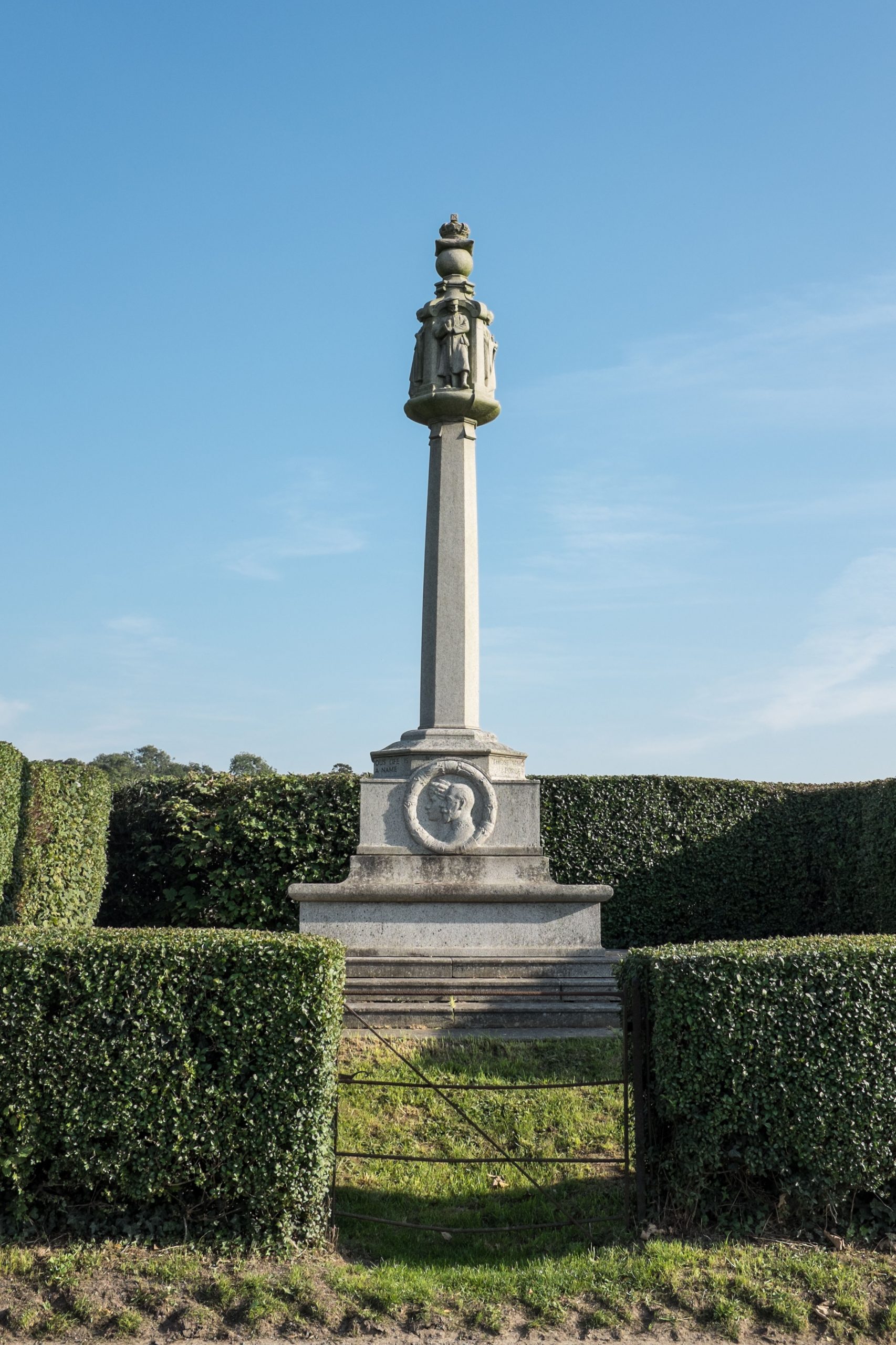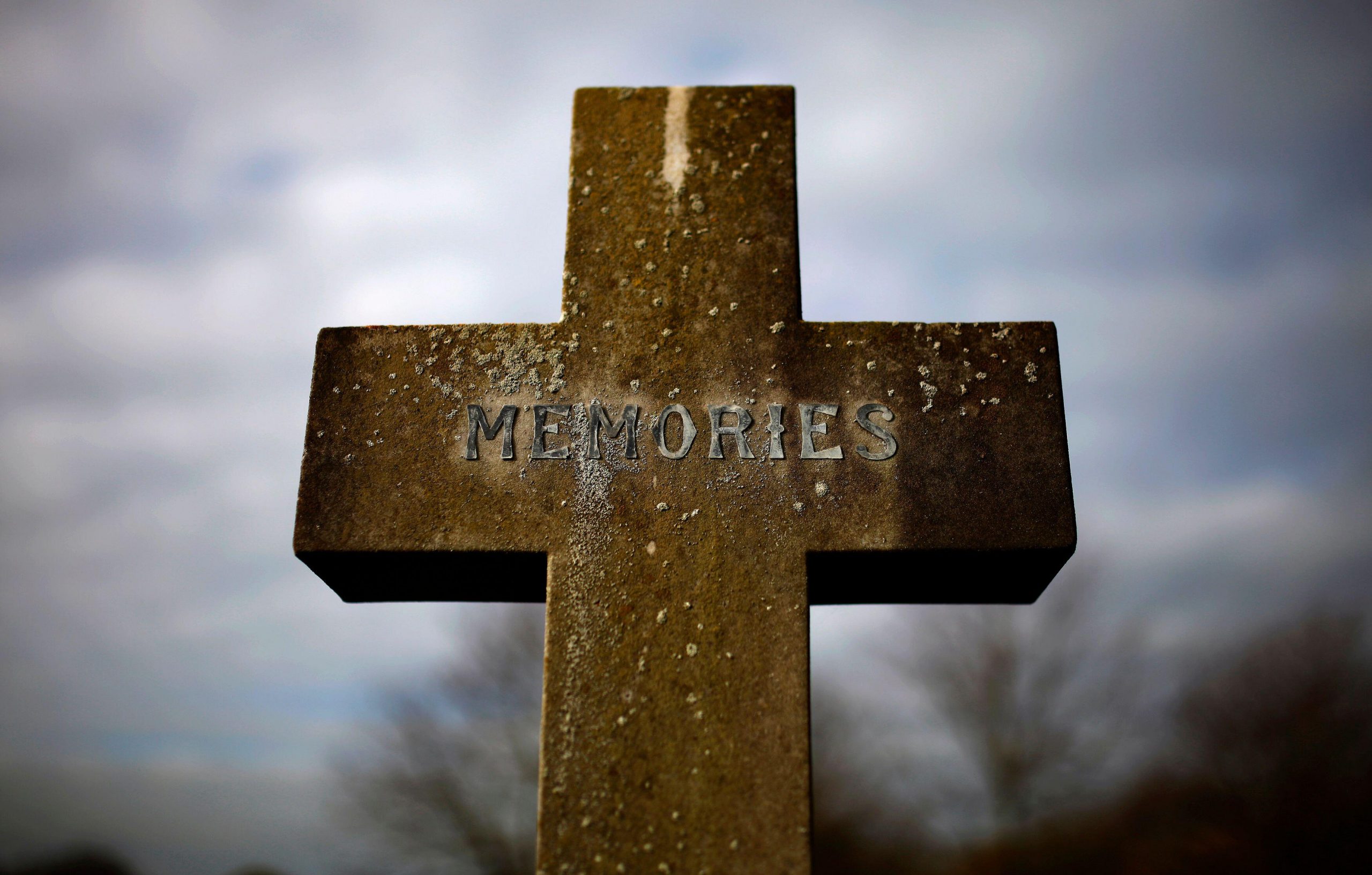Curious Questions: What is a 'doubly-thankful' village — and how did Upper Slaughter become one?
Martin Fone examines the (sadly rare) phenomenon of the parishes who erect memorials not to the fallen, but to those who survived war.


You can tell a lot about the attitudes of a nation from its statues and memorials. As a nation with a long history we have erected statues, commemorating military leaders, with whom, for narrative convenience, we have associated a famous victory. The fates of the rank and file, without whose bravery and skill the commander’s tactical acumen would have come to naught, are rarely considered in memorials erected before the turn of the 20th century.
Take the Crimean War. Although in pure numerical terms the carnage in the First World War was greater, with over 700,000 killed and countless more scarred physically and mentally, in statistical terms you were less likely to survive the Crimean War (1853-56). It is chilling to recall that of the 22,182 casualties the British Empire sustained in that conflict, only 2,755 were killed in action, the remaining 17,580 succumbing to disease. And yet, the number of memorials dedicated to those who fell are startlingly few.
The one I am most familiar with is the Guards’ Crimean War Memorial in London’s Waterloo Place, unveiled in 1861 with three figures representing the 2,162 Grenadier, Scots and Coldstream Guards who fell during the campaign. None are named and, in 1914, the statue suffered the indignity of being moved 30 yards to its current site, ironically, to make way for a statue to Florence Nightingale.
"It took just twenty bloody minutes at the Somme to account for 585 pals of the 700 volunteers from Accrington, 230 of whom were killed"
The Crimean War memorial in Sheffield was a splendid column surmounted by a figure of Victory and Russian cannons at the base. In the 1960s a change in road layout meant that the column was demolished, and the rest of the statue moved to the city’s Botanical Gardens. In 2004, when the Botanical Gardens were restored to their original 1836 layout, what remained of the memorial was put into storage. What is unusual about the Crimean War memorial in the churchyard of St John the Baptist’s Church in Beeston is that it records the names of those men from the village who perished during the campaign.
The Boer War, though, marked a sea change in the public’s attitude to the rank and file of an army, probably because volunteers made up a significant proportion of the forces. Memorials sprang up in the communities where casualties were sustained and many, like the Boer War memorial in Buckinghamshire’s Coombe Hill, listed the individual soldiers who had fallen.
The horrors of the First World War prompted a huge surge in the number of war memorials acknowledging the contribution and sacrifice of the ordinary man. As with the Boer War, many of the troops answering the King’s call to arms were volunteers. The creation of Pals’ Battalions, units made up of relatives, friends, and work colleagues, who were promised that they could fight alongside each other when they enlisted, certainly boosted recruitment. The realities of trench warfare, though, meant that many from the same area could be wiped out in a matter of minutes. It took just twenty bloody minutes at the Somme to account for 585 pals of the 700 volunteers from Accrington, 230 of whom were killed. This policy was phased out in 1917.
"So commonplace are war memorials that it comes as a shock to find a community without one. This certainly struck Arthur Mee, the writer and compiler of that Edwardian fount of all knowledge, the Children’s Encyclopaedia"
The sense of grief caused by the high mortality rates was compounded by government policy not to repatriate the bodies of the dead. They were either buried in cemeteries near where they had fallen or, where the bodies could not be recovered, their loss was marked on memorials to the missing. This left families in Britain without a local grave to act as a focus for their grief. Committees were established to create memorials to commemorate their dead and around two-thirds of the 100,000 war memorials in the United Kingdom, according to the War Memorials Trust, owe their origin to the First World War.
Sign up for the Country Life Newsletter
Exquisite houses, the beauty of Nature, and how to get the most from your life, straight to your inbox.
A further 384,000 British soldiers were killed in combat during the Second World War, while civilian fatalities, at 70,000, were 35 times higher than in the first global conflict. Communities continued the practice of recording the names of the fallen, either by adding them to an existing memorial or by creating a new one, a tradition continued for other later conflicts such as the Korean and Afghanistan wars.
For those of us blessed or cursed with a curious mind, we are as much interested by the exception as the rule. So commonplace are war memorials that it comes as a shock to find a community without one. This certainly struck Arthur Mee, the writer and compiler of that Edwardian fount of all knowledge, the Children’s Encyclopaedia (1908), as he toured the country in the early 1930s researching The King’s England, a series of guides to each of the English counties. By his calculations there were some thirty-two parishes which did not have a war memorial, for the simple reason that no one from the community had been killed in the conflict. In Enchanted Land (1936), his introductory volume to the series, Mee called these communities ‘thankful villages’. Later research has increased the number to fifty-three, still an incredibly low number considering the number of parishes in the United Kingdom.

To counter suggestions that villagers were serving away from the frontline, a Roll of Honour was erected in St Peter’s Church in the Yorkshire village of Helperthorpe to immortalise eighteen men, all of whom left to fight in the Great War and returned. Some of the names marked with a C, W or G to reflect captured, wounded, or gassed respectively. Another thankful village, Knowlton in Kent, actually won a competition launched by the Weekly Dispatch in 1914 to find the ‘Bravest Village in the United Kingdom’ when, by March 1915, twelve of the village’s population of thirty-nine had enlisted. All returned home. Sadly, no parish in Scotland or Ireland went through the war unscathed.
Incredibly, a subset of the thankful villages also went through the Second World War without suffering a fatality. Precisely how many can claim the title of being a ‘doubly thankful’ village is still a matter of some dispute, arising from the difficulty of confirming the place of origin of every soldier who fought in the conflict. Most sources put the number at between fourteen and seventeen.
Amongst these chosen few[1] is one that belied its name: Upper Slaughter in Gloucestershire. In Yorkshire, Catwick celebrates its status on the road sign as you enter. Thirty men left the village to fight each war and on each occasion thirty returned, although Mee wryly noted that in the Great War one man, Joseph Grantham, ‘left an arm behind’.
If you think that remarkable, then consider the fortunes of the village of Thierville in upper Normandy, surely the most thankful village of all. In five wars — the Franco-Prussian War, the two World Wars, the First Indo-China War, and the Algerian war — every soldier who hailed from the village returned home after the conflicts had ended.
As well as paying respect to those whom war robbed of their lives, we should also pause to remember those who fought and returned. We are forever in their debt.
[1] The full list is: Herodsfoot (Cornwall), Bradbourne (Derbyshire), Langton Herring (Dorset), Upper Slaughter (Gloucestershire), Middleton-on-the-Hill (Herefordshire), Arkholme and Nether Kellet (Lancashire), Flixborough, High Toynton and Allington (Lincolnshire), Stocklinch and Woolley (Somerset), Butterton (Staffordshire), South Elmham St Michael (Suffolk), Catwick (Yorkshire) and the Welsh villages of Llanfihangel y Creuddyn and Herbrandston.
After graduating in Classics from Trinity College Cambridge and a 38 year career in the financial services sector in the City of London, Martin Fone started blogging and writing on a freelance basis as he slipped into retirement. He has developed a fearless passion for investigating the quirks and oddities of life and discovering the answers to questions most of us never even think to ask. A voracious reader, a keen but distinctly amateur gardener, and a gin enthusiast, Martin lives with his wife in Surrey. He has written five books, the latest of which is More Curious Questions.
-
 Designer's Room: A solid oak French kitchen that's been cleverly engineered to last
Designer's Room: A solid oak French kitchen that's been cleverly engineered to lastKitchen and joinery specialist Artichoke had several clever tricks to deal with the fact that natural wood expands and contracts.
By Amelia Thorpe
-
 Chocolate eggs, bunnies and the Resurrection: Country Life Quiz of the Day, April 18, 2025
Chocolate eggs, bunnies and the Resurrection: Country Life Quiz of the Day, April 18, 2025Friday's quiz is an Easter special.
By James Fisher